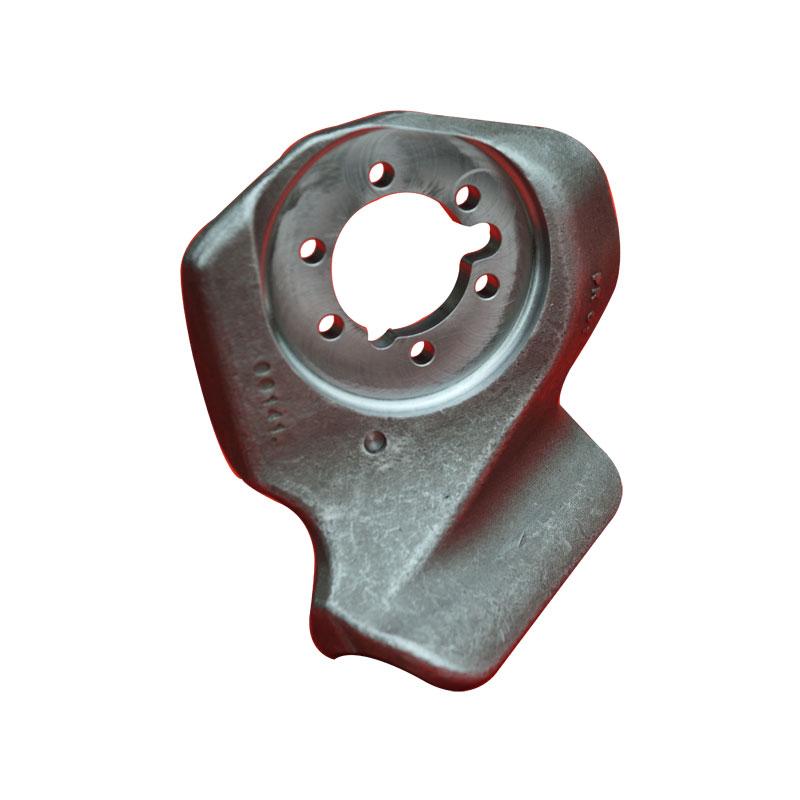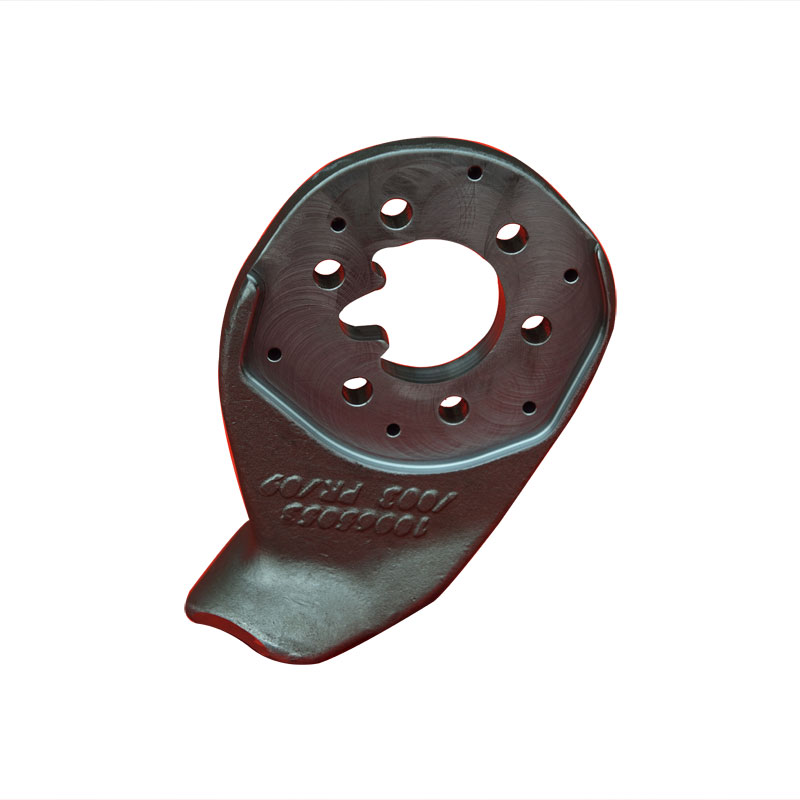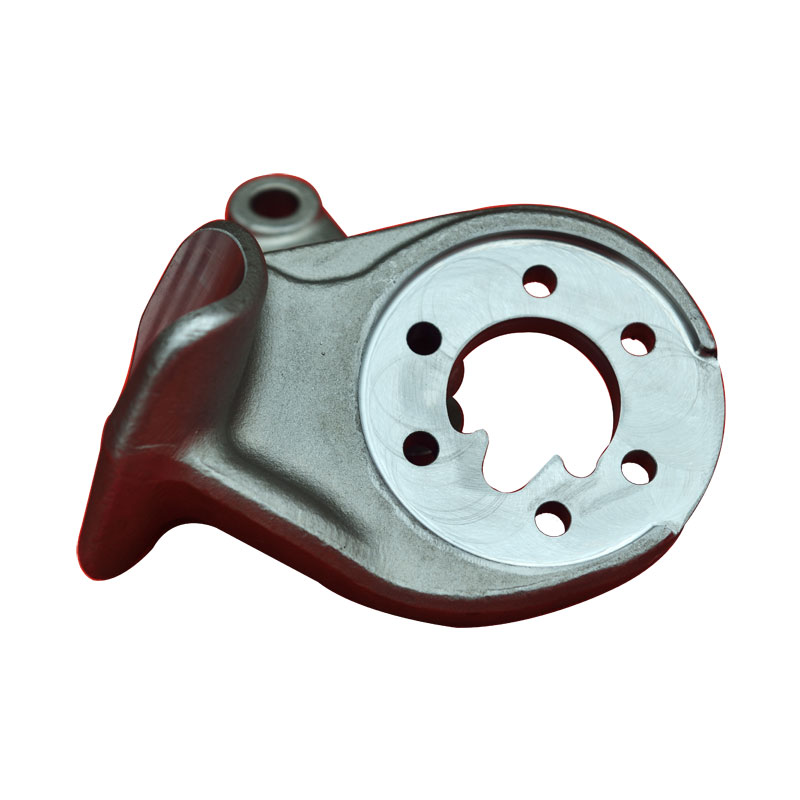How to guarantee the heat treatment quality of forging?
2022-05-18
In order to ensure the heat treatment quality of forgings, it is very important to choose appropriate process parameters when making process. At present, the formulation of forging heat treatment process is basically based on the actual production experience of the factory. With the development of science and technology, it is possible to determine the process parameters preliminarily through calculation, and then improve them through production practice under the current technical conditions. It is time-consuming and expensive to determine the process parameters by means of actual measurement, and sometimes it is impossible. So the development of forging heat treatment process parameters calculation technology is a very meaningful work, countries are competing to carry out this work, and has made some achievements.
In the calculation work, first of all to determine the actual calculation model, the calculation conditions can only consider the main factors affecting the process parameters, ignore some secondary factors, on the other hand, in the actual production of factors are changeable, so the calculation method can only be approximate. Even so, the calculation results are of great significance for guiding actual production. The following are the relevant calculations to be introduced. Calculation of heating and cooling at constant ambient medium temperature. Heating calculation; Cooling calculation; Calculation of forging final cooling time.
Calculation of structure distribution of forgings along section. The cooling curves of different parts of the forging were superimposed on the continuous cooling transition curve to understand the cooling structure of each part.
Based on the cooling curves of different parts of a certain diameter forgings in a certain medium, the microstructure distribution and the depth of quenched layer of any diameter forgings in the same medium were calculated.
It is very important to control the cooling speed of forging when tempering. The main factor to consider is the residual stress of forging after tempering. The value of cooling speed after tempering directly affects the residual stress. It is found that there is an elastic-plastic transition temperature between the tempering temperature and the cooling temperature of the forgings. This temperature varies with different steel types and is generally considered to be about 400-450℃. Residual stress is mainly generated in the cooling process above 400-450℃, steel is in a plastic state above 400℃, too fast cooling speed will produce a great thermal stress, plastic deformation, so that the residual stress value increases.
When the temperature is below 400℃, the steel is in elastic state, and the cooling rate has no significant effect on the residual stress. So above 400℃ to slow cooling, below 400℃ can be cold faster, if necessary, can be isothermal between 400-450℃ for a period of time, will reduce the internal and external temperature difference in the elastoplastic state of the forging, is conducive to reducing the residual stress. For some important forgings the value of residual stress should be less than 10% of the yield point.
In the calculation work, first of all to determine the actual calculation model, the calculation conditions can only consider the main factors affecting the process parameters, ignore some secondary factors, on the other hand, in the actual production of factors are changeable, so the calculation method can only be approximate. Even so, the calculation results are of great significance for guiding actual production. The following are the relevant calculations to be introduced. Calculation of heating and cooling at constant ambient medium temperature. Heating calculation; Cooling calculation; Calculation of forging final cooling time.
Calculation of structure distribution of forgings along section. The cooling curves of different parts of the forging were superimposed on the continuous cooling transition curve to understand the cooling structure of each part.
Based on the cooling curves of different parts of a certain diameter forgings in a certain medium, the microstructure distribution and the depth of quenched layer of any diameter forgings in the same medium were calculated.
It is very important to control the cooling speed of forging when tempering. The main factor to consider is the residual stress of forging after tempering. The value of cooling speed after tempering directly affects the residual stress. It is found that there is an elastic-plastic transition temperature between the tempering temperature and the cooling temperature of the forgings. This temperature varies with different steel types and is generally considered to be about 400-450℃. Residual stress is mainly generated in the cooling process above 400-450℃, steel is in a plastic state above 400℃, too fast cooling speed will produce a great thermal stress, plastic deformation, so that the residual stress value increases.
When the temperature is below 400℃, the steel is in elastic state, and the cooling rate has no significant effect on the residual stress. So above 400℃ to slow cooling, below 400℃ can be cold faster, if necessary, can be isothermal between 400-450℃ for a period of time, will reduce the internal and external temperature difference in the elastoplastic state of the forging, is conducive to reducing the residual stress. For some important forgings the value of residual stress should be less than 10% of the yield point.
Slow cooling above 400℃ will produce the second kind of temper brittleness for some steels. In general small and medium-sized heat treatment, in order to prevent tempering brittleness, forging after tempering should be cooled in oil or water. However, this method is not suitable for large items. For large parts, mainly rely on alloying, reducing the content of phosphorus and other harmful elements in steel and vacuum carbon deoxidation methods to reduce or even eliminate temper brittleness, and rarely use the method of fast cooling, so as to avoid excessive stress caused by workpiece cracking.




X
We use cookies to offer you a better browsing experience, analyze site traffic and personalize content. By using this site, you agree to our use of cookies.
Privacy Policy



